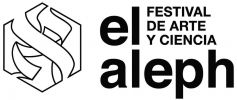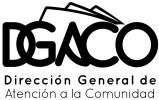Rafael Lozano-Hemmer
virtual exhibition
A Crack in the Hourglass: A Memorial for the Victims of COVID-19
During the COVID-19 pandemic, whenever someone dies, the pain of the loss itself is aggravated by the inability to collectively express our mourning in funerary rites and rituals of farewell. Lozano-Hemmer thus proposes the creation of a remote, participatory memorial for the pandemic’s victims, convoking the bereaved and friends of those who lost their lives in 2020 to send in photos for an homage that would be carried out remotely. The piece consists of a shared altar and a ceremony adapted to 21st Century technology and living conditions.
VISIT THE MEMORIAL AND PARTICIPATE, CLICK HERE
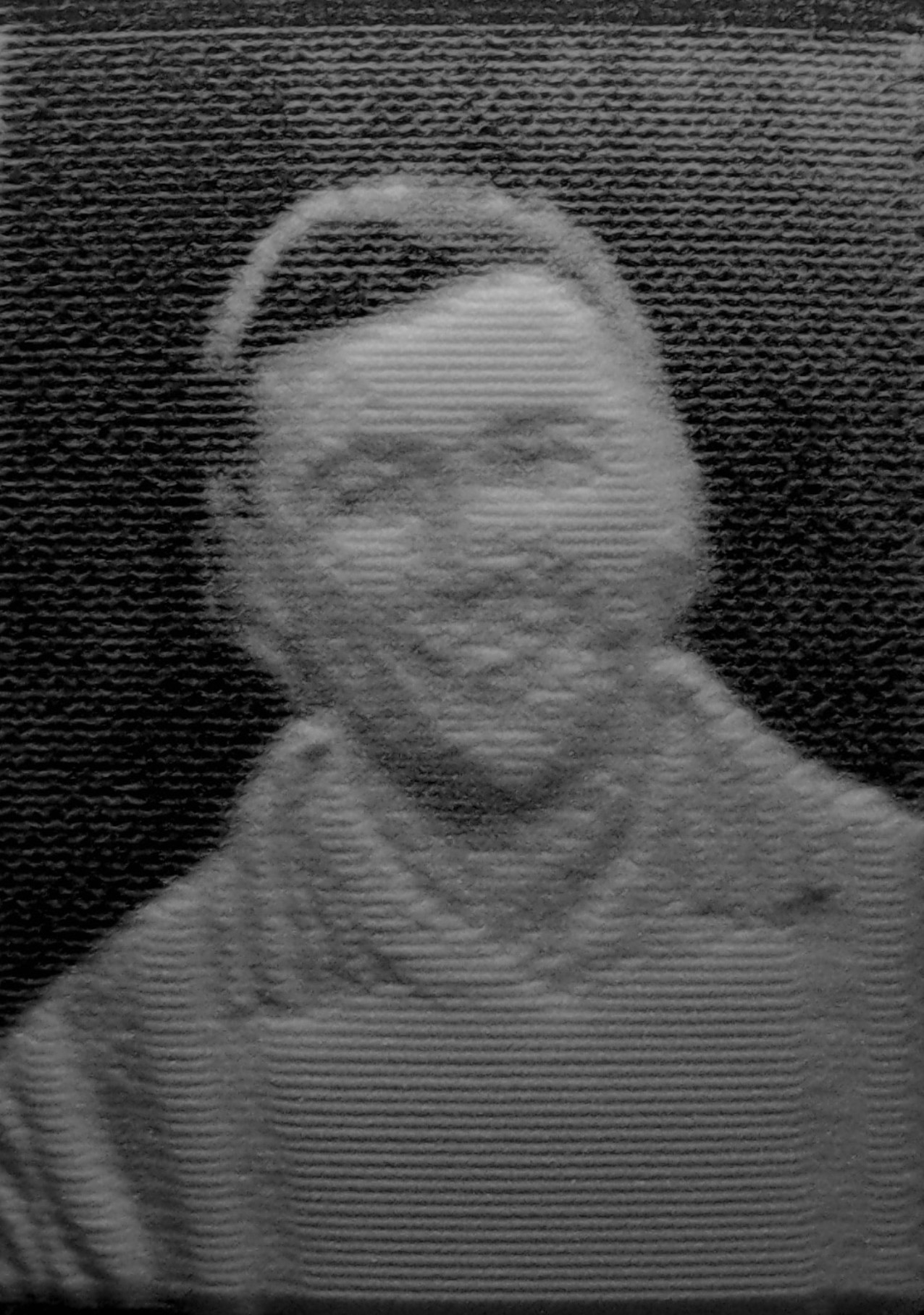
The Right to Mourning
This is a time of incommensurable loss. Even if we stick to the official numbers, which even those who produce them admit only tell part of the story, over a million people have lost their lives during the COVID-19 pandemic, of whom more than 100,000 are from Mexico. In some places, these deaths have doubled or tripled the average annual death rate. This is a cruel stage, in which we have all, to some degree or another, seen our relatives, friends and colleagues succumb to the disease. We are surrounded by exponential pain, aggravated by the limitations on attending funerals and all kinds of ceremonies, which have been imposed by our poor methods for controlling the pandemic: quarantine and distance. Perhaps death has never been such a terribly privatized affair. Perhaps life should never be destined to end without those gestures that bear witness to each farewell as part of a chain of histories and generations that involve the presence and fellowship of the living, the dead and those yet to be born.
Among the many possibilities that the pandemic has put into check has been the right to mourning. This new mortality has punctured the pretentions of our expectations regarding the powers of medicine and technology and has radicalized the far-from-dignified way in which our society approaches the labor of accompanying the death of others. Besides the monstrous enclosure in which many of us experience our isolated agony in the apparatus of hospitals, the danger of contagion has even robbed us of the possibility to take our loved ones by the hand at the moment of their passing.
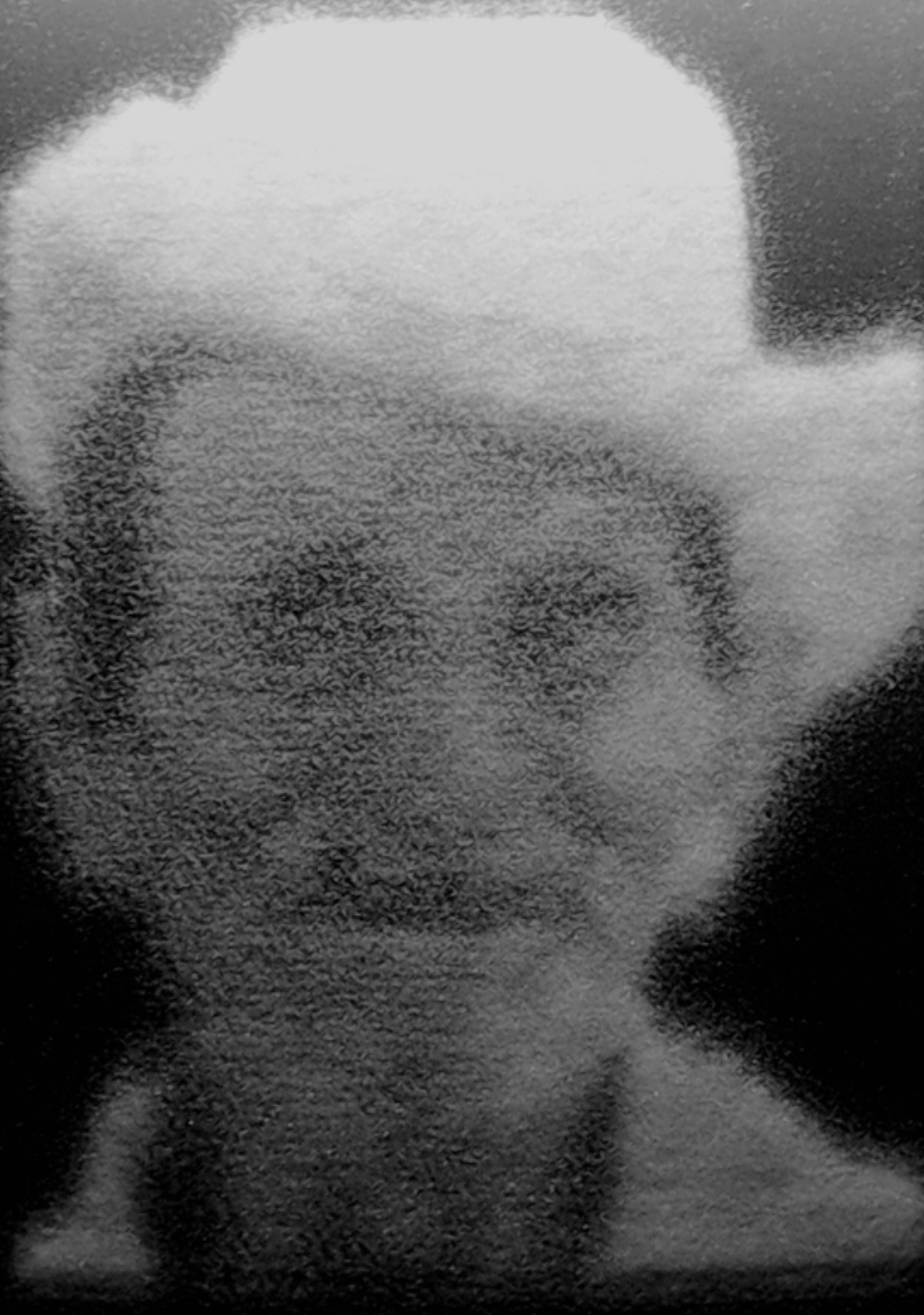
We are unable to mitigate our pain through the collective experience of the funerary rite and the public expression of mourning. With almost no other options, perhaps we have reached the point in which pain occupies the smallest possible space: a dozen clumsily-expressed characters in an electronic message.
Rafael Lozano-Hemmer’s A Crack in the Hourglass offers an attempt to transform the conditions into which the COVID-19 pandemic has forced us (such as the physical isolation that we can barely escape from through our computer connections) by means of a public work of mourning. For a time, relatives, friends and other mourners can share the faces of those they have lost with society. This image will be visible on our screens after being drawn in the sand by a robotic device. Yet while it is true that a machine is the creator of this portrait, which is then transmitted around the world through electronic packets, the connection that it creates among us is a deep current that runs through our bodies and minds. Although the action occurs on the dematerialized network of the Internet, its goal is to be a fully tangible memorial: in real time, we are present at the creation of a face traced in the sand, a medium that marks not only the passage of time, but also our own materiality. This condition is inscribed on the very production of this piece, over the course of which the sand does not change: it remains the same, yet forms a limitless number of reflections.
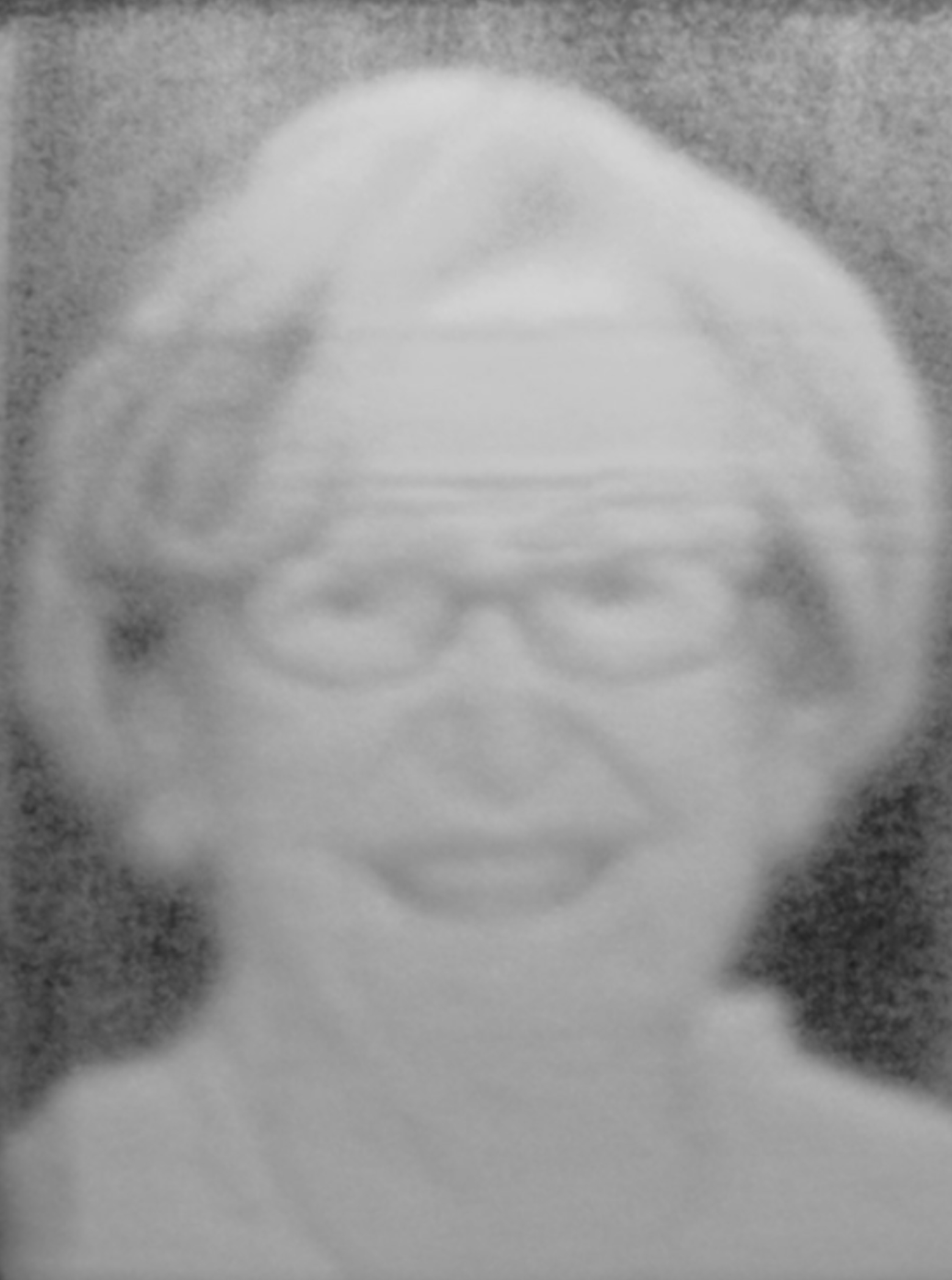
Of course, holding on to the face of those who have gone, to a more or less definitive degree, was one of the original objectives behind the art of producing images. It would not be mistaken to attribute the origin of art, in the sense of the fabrication of a simulacrum, to the attempt to perpetuate, in an inanimate material, the likenesses of those who are no longer with us. The image is, in this sense, both a sign of the end of life and its rejection. By choosing to trace these portraits in sand, Lozano-Hemmer has opted to evoke the transience of life and the end of each face and existence. In this case, ephemerality is not the mere negation of the vanity of perpetuity, but yet another way of establishing a connection with the shadow that is calling out to us.
It is true that we can do nothing once death has been consummated. Nevertheless, participating in expressing this loss confirms the meaning of being human. May the experience of this artwork allow us to reclaim, even if only momentarily, our right to mourning.
Cuauhtémoc Medina
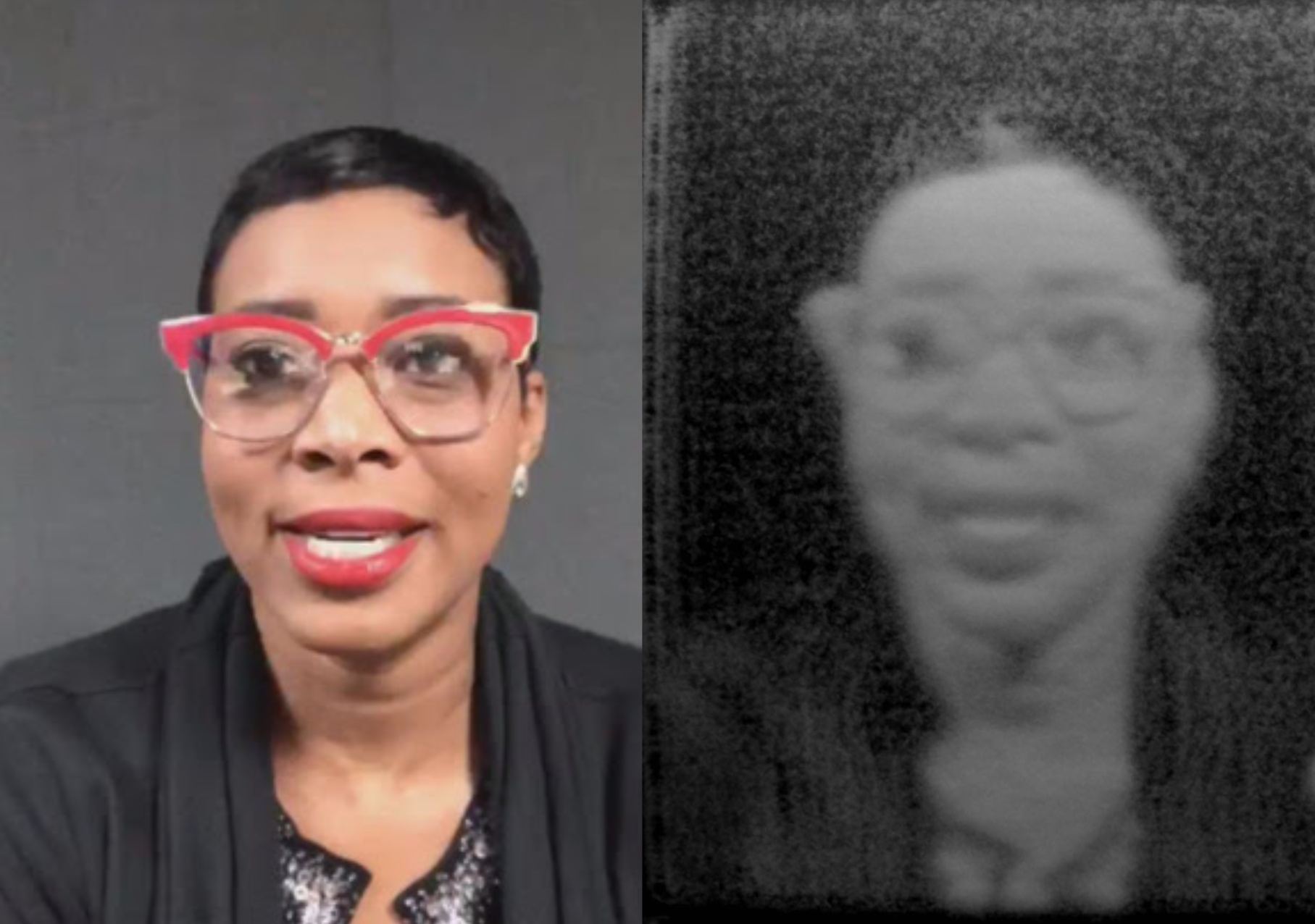
Rafael Lozano-Hemmer, La arena fuera del reloj. Memorial a las víctimas de COVID-19, 2020 [A Crack in the Hourglass: A Memorial for the Victims of COVID-19], 2020
Hourglass, robotic platform, cameras, computers, OpenFrameworks software, lights, anodized aluminum base, 3D-printed polymer head, electronic circuit, tubes, funnels and plastic valves
Hardware and software: Stephan Schulz
Online interface: Roy Macdonald
Production assistants: Pipo Pierre Louis, Rebeva Murdock
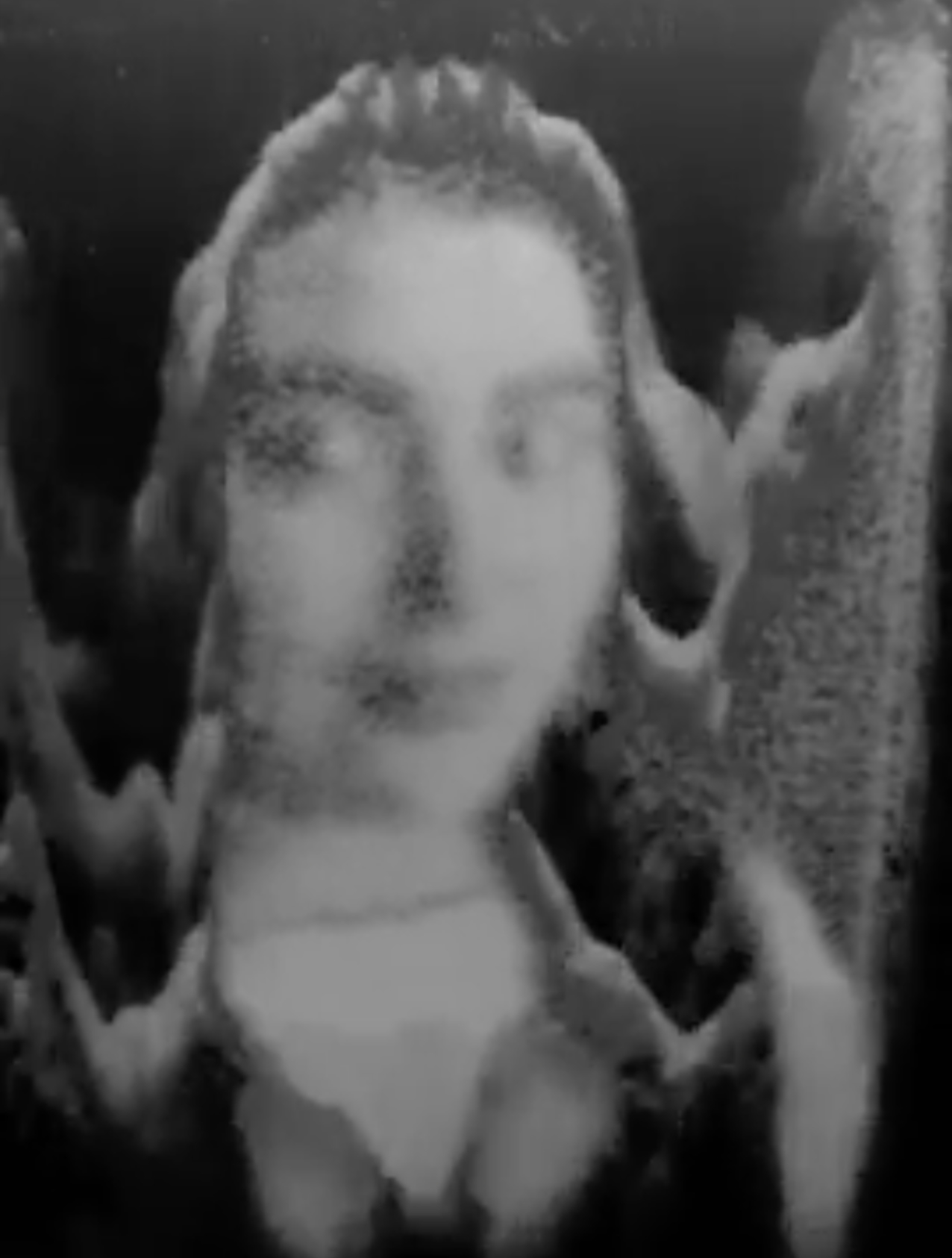
Rafael Lozano-Hemmer
(Mexico City, 1967; lives and works in Montreal)
An electronic artist, Lozano-Hemmer develops interactive installations at the intersection of architecture and performance art. His primary interest is to create platforms for public participation, thus perverting a wide variety of technologies of control. He was the first artist to officially represent Mexico at the Venice Biennale in 2007. He has also exhibited his work at biennales and triennales in Sydney, Istanbul, Havana, Singapore, Seville, New York (ICP), Valencia, New Orleans, Montreal, Shanghai, Kochi-Muziris and Moscow, as well as at individual exhibitions at the Hirshhorn Museum, the San Francisco Museum of Modern Art, the Fundación Telefónica (Madrid) and the Museum of Contemporary Art Australia (Sydney). He has been awarded two BAFTAs by the British Academy and has won a Governor General Award in Canada, a Golden Nica in Austria, a Bauhaus Award in Germany and a Trophée des Lumières in France, among other recognitions.
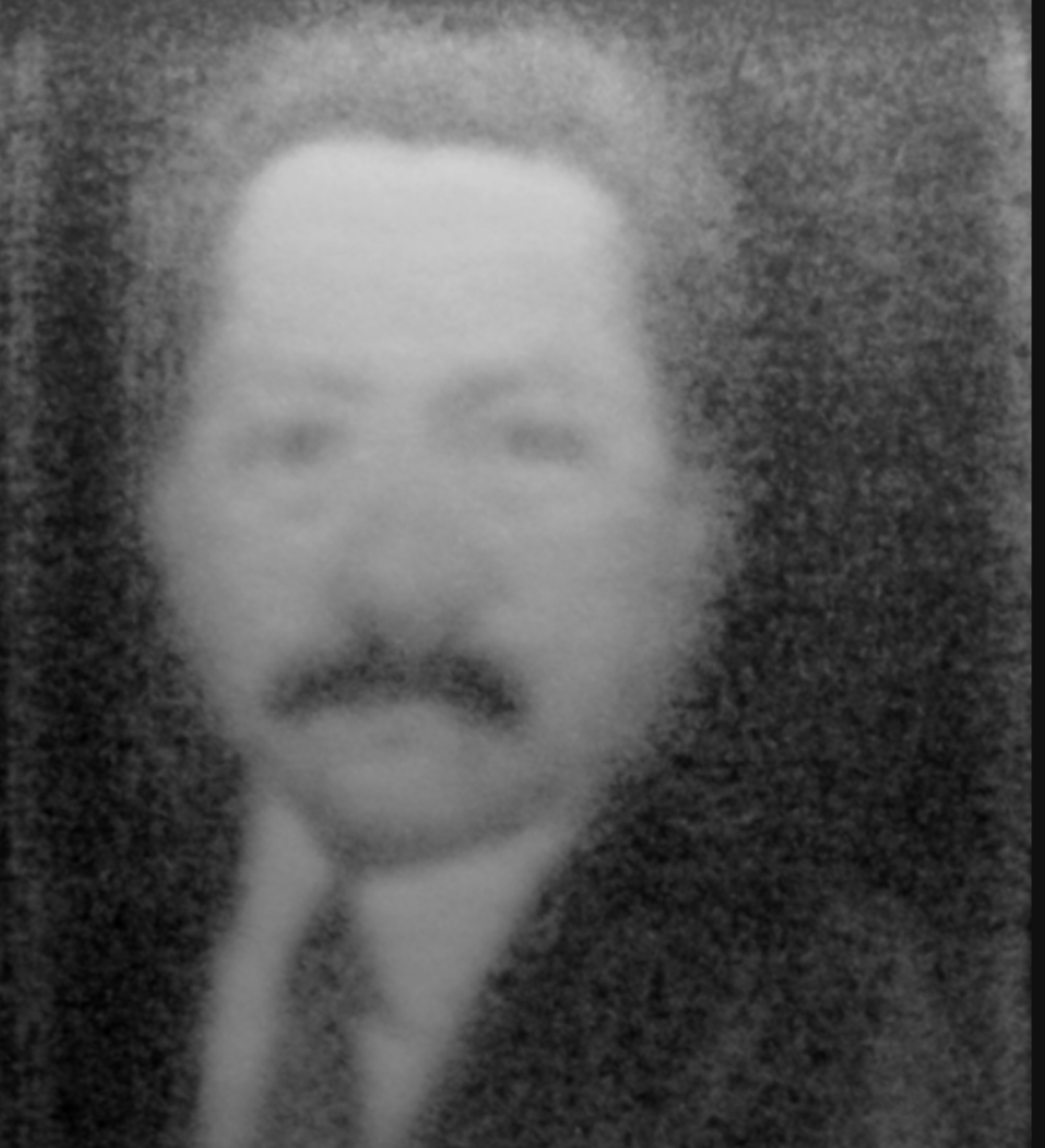
Curator: Cuauhtémoc Medina
Curatorial coordination: Alejandra Labastida
Communication: Ekaterina Álvarez
Media outreach: Ana Cristina Sol
Content editing: Vanessa López
English translation: Julianna Neuhouser
Graphic design: Andrea Bernal
Press management: Francisco Domínguez, Eduardo Lomas
A collaboration between Museo Universitario Arte Contemporáneo (MUAC) with El Aleph. Festival de Arte y Ciencia, as part of the #MegaofrendaUNAM from the Dirección General de Atención a la Comunidad (DGACO).
